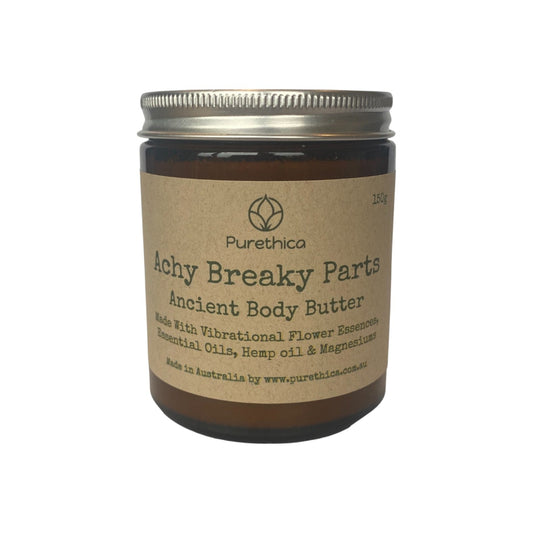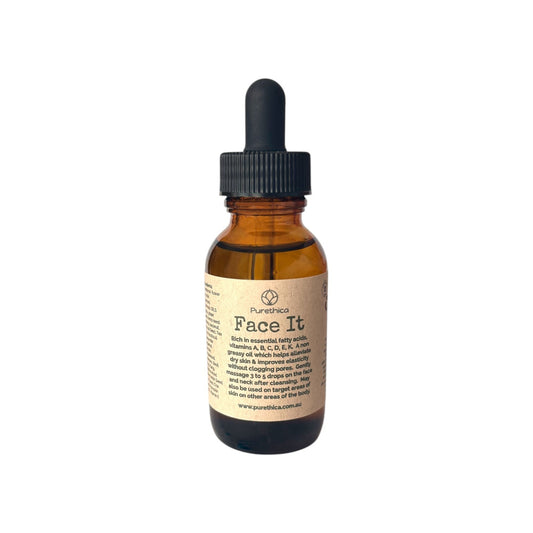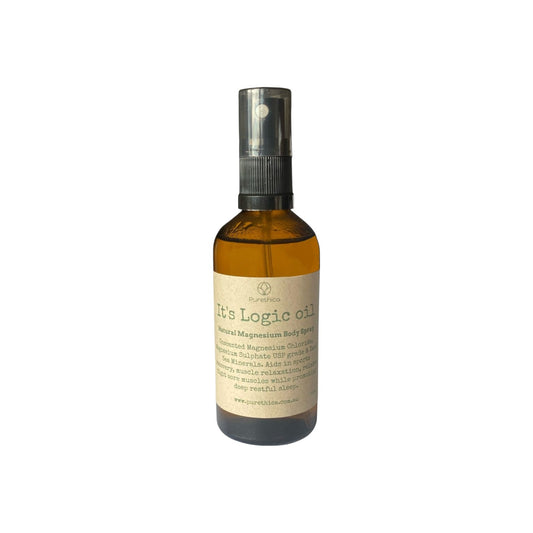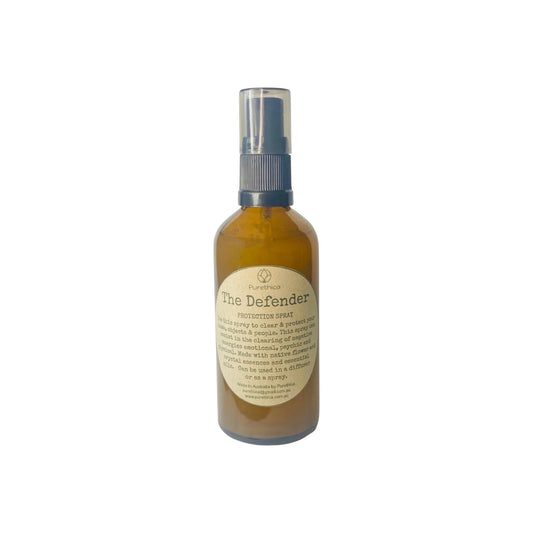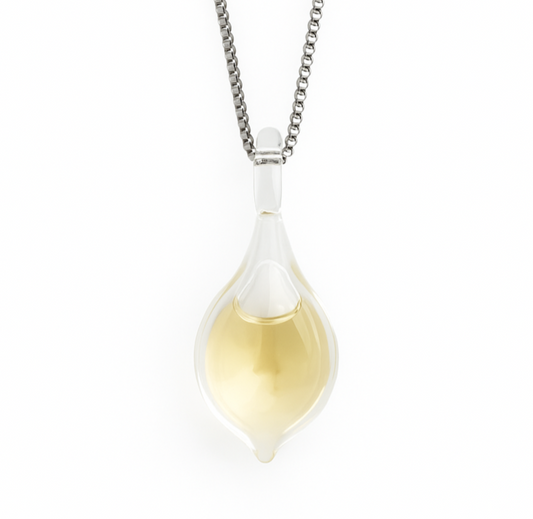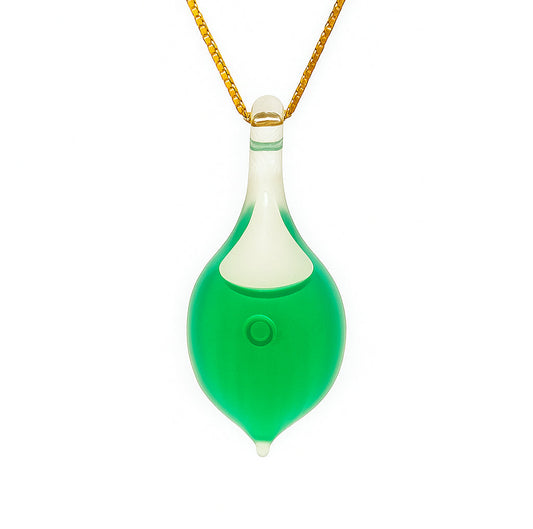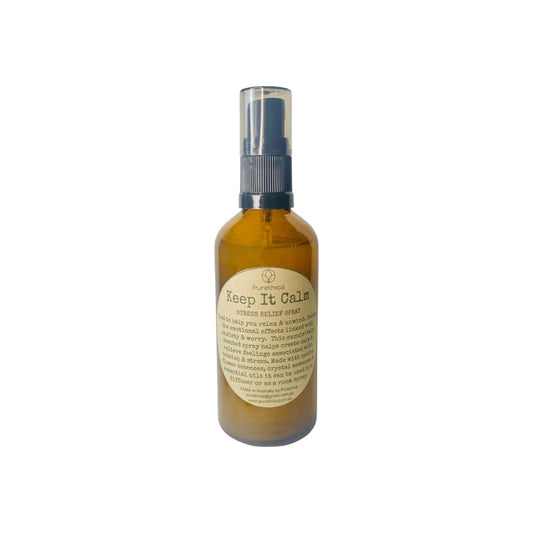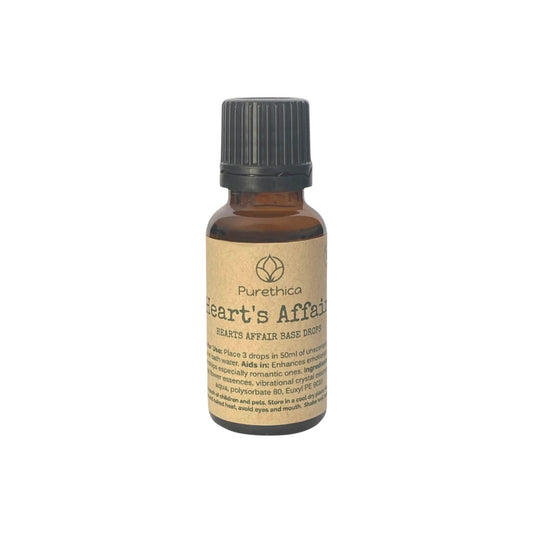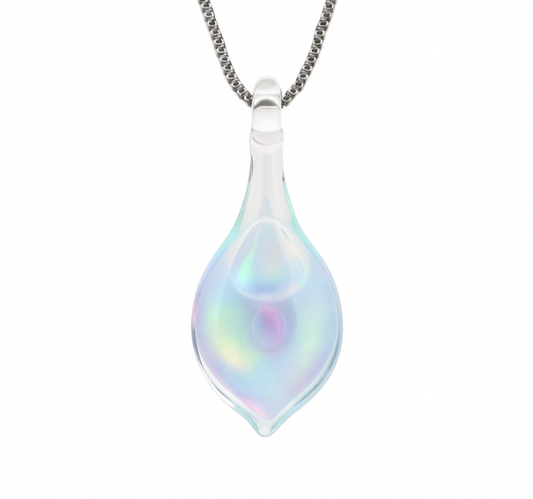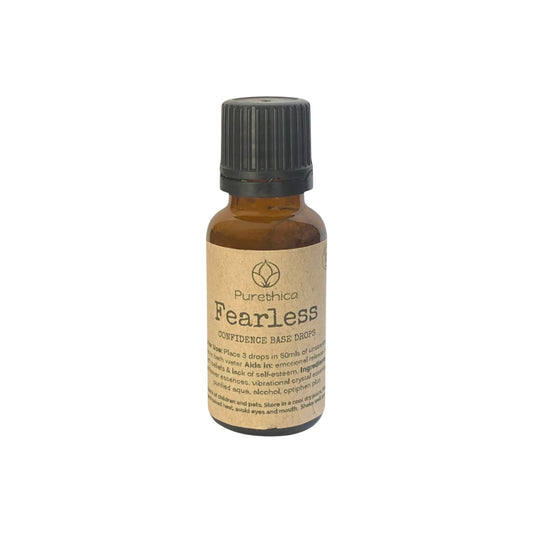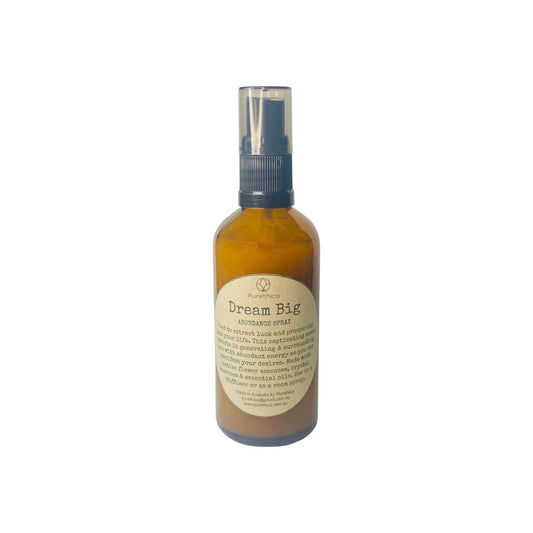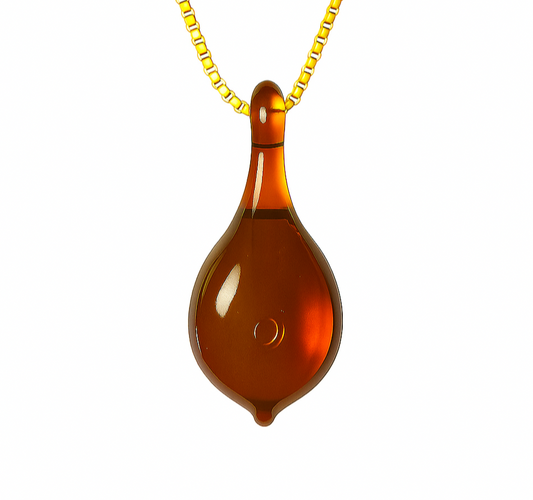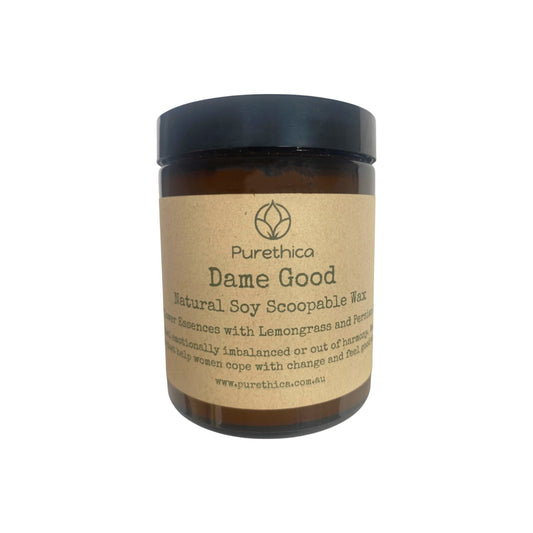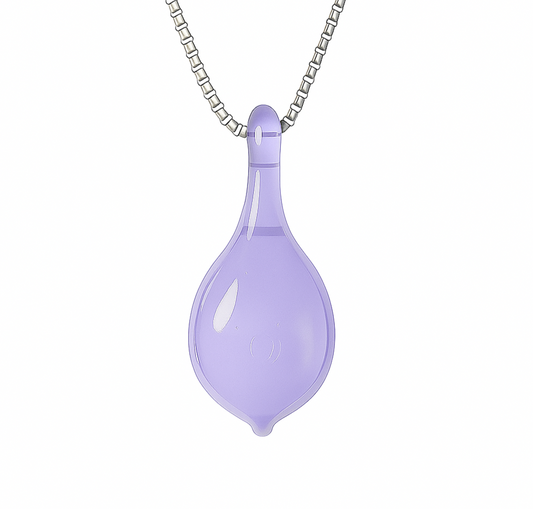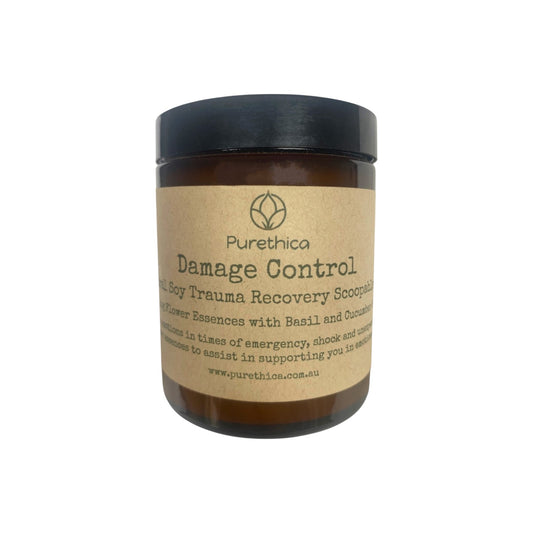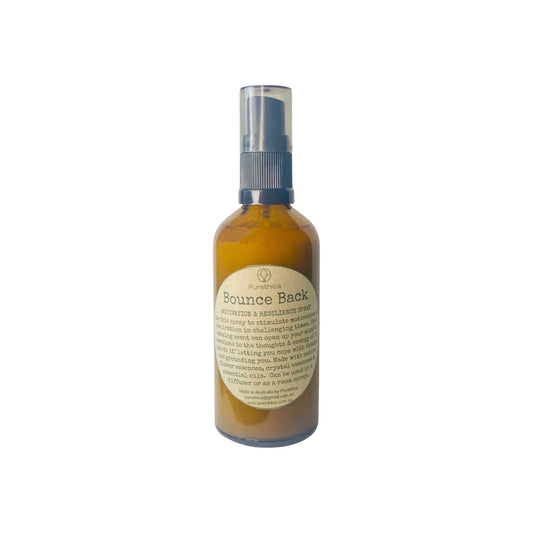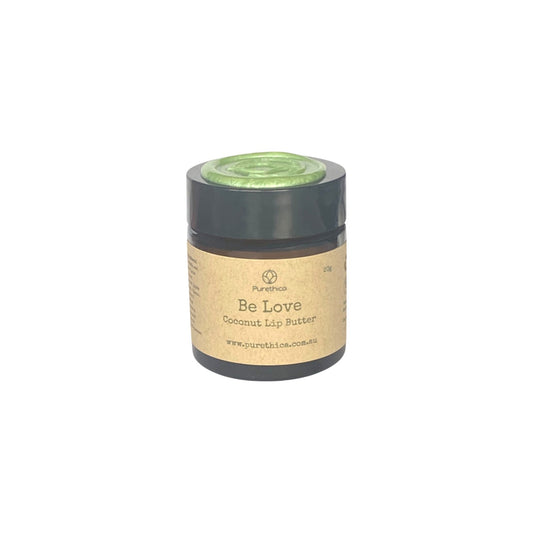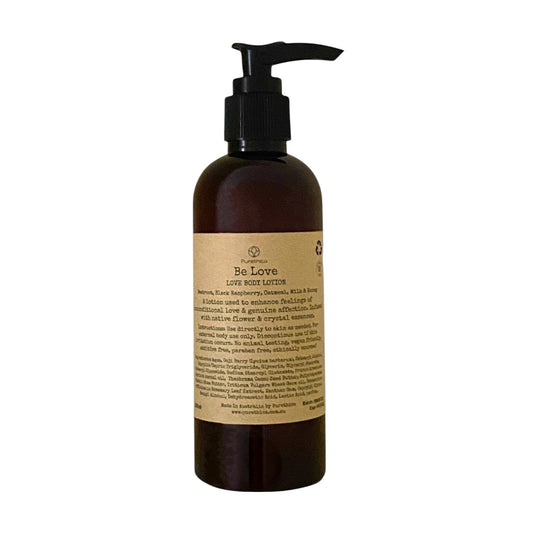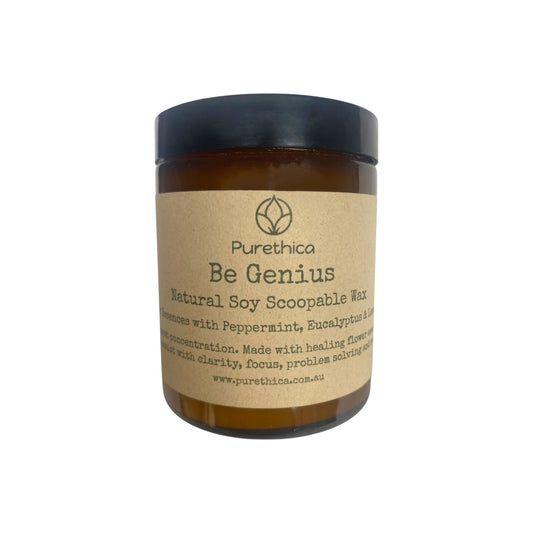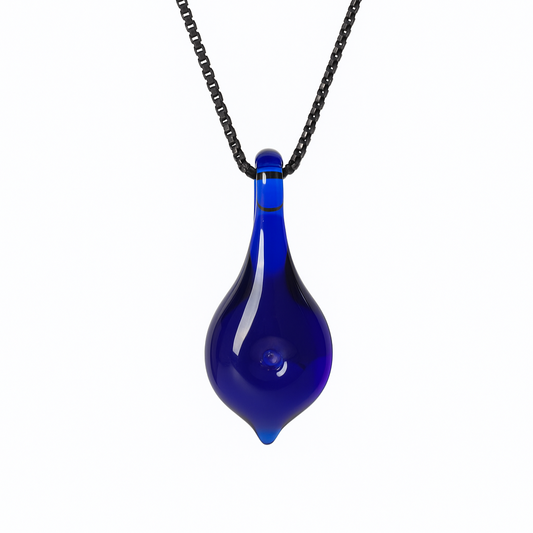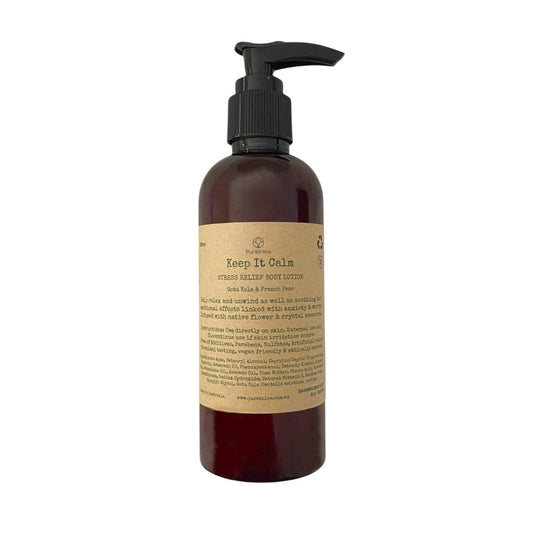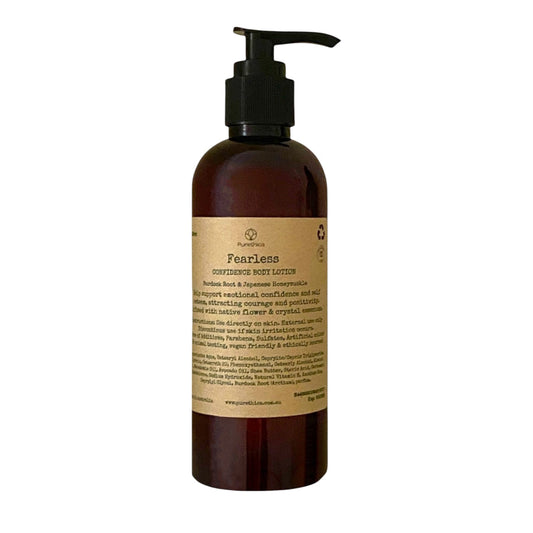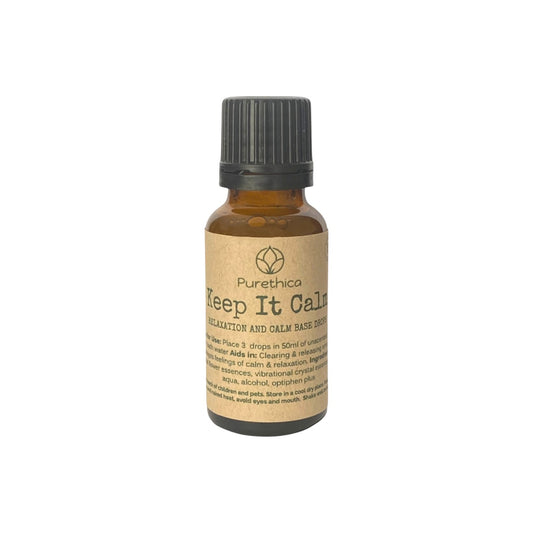Acupuncture
Acupuncture is a traditional Chinese medicine practice that involves the insertion of thin needles into specific points on the body. This ancient technique has been utilized for thousands of years to promote healing and balance within the body. The fundamental principle of acupuncture is based on the concept of Qi (pronounced "chee"), which refers to the vital energy that flows through the body along pathways known as meridians.
HOW ACUPUNCTURE WORKS
The practice of acupuncture is predicated on the belief that disruptions or imbalances in the flow of Qi can lead to various health issues. By inserting needles into specific acupuncture points, practitioners aim to restore the proper flow of Qi, thereby facilitating the body's natural healing processes. Research indicates that acupuncture may stimulate the nervous system, leading to the release of neurotransmitters and hormones that can alleviate pain and promote overall well-being.
Studies have shown that acupuncture can influence the body's physiological responses. For instance, a 2013 meta-analysis published in the journal "Pain" found that acupuncture was effective in reducing chronic pain conditions, with an effect size of 0.88, indicating a significant impact. Additionally, acupuncture may enhance blood circulation and improve immune function, contributing to its therapeutic effects.
BENEFITS OF ACUPUNCTURE
Acupuncture offers a wide range of potential benefits, making it a valuable complementary therapy for various health conditions. One of the most well-documented benefits is pain relief. According to the World Health Organization (WHO), acupuncture has been shown to be effective for conditions such as osteoarthritis, migraines, and tension-type headaches.
Moreover, acupuncture has been associated with improvements in mental health. Research indicates that acupuncture can help reduce symptoms of anxiety and depression. A systematic review published in "JAMA Internal Medicine" in 2014 found that acupuncture was associated with a significant reduction in anxiety symptoms, with a standardized mean difference of 0.63, suggesting a moderate effect.
In addition to pain management and mental health benefits, acupuncture may also support digestive health. Studies have indicated that acupuncture can help alleviate symptoms of irritable bowel syndrome (IBS) and improve gastrointestinal function. A randomized controlled trial published in "Alimentary Pharmacology & Therapeutics" in 2016 demonstrated that acupuncture significantly improved IBS symptoms compared to a control group.
Furthermore, acupuncture is often utilized to enhance overall wellness and promote relaxation. Many individuals report experiencing a sense of calm and improved sleep quality following acupuncture sessions. This is likely due to the modulation of the body's stress response and the promotion of relaxation through the release of endorphins.
In conclusion, acupuncture is a multifaceted therapeutic approach that offers numerous benefits for physical and mental health. By understanding its mechanisms and potential applications, individuals can make informed decisions about incorporating acupuncture into their wellness routines.

Where are needles Inserted?
There are over 350 recognized acupuncture points on the human body, each corresponding to different physiological functions and health conditions. The most commonly used points are located on the arms, legs, back, abdomen, and head. For example, the LI4 point, located on the hand between the thumb and index finger, is often used for pain relief and to promote overall wellness.
In the lower body, points such as ST36, situated on the lower leg, are frequently targeted to enhance digestion and boost energy levels. Similarly, the SP6 point, located on the inner leg above the ankle, is known for its ability to regulate reproductive and menstrual health.
In the upper body, points like PC6, found on the inner forearm, are utilized to alleviate nausea and anxiety. The GB20 point, located at the base of the skull, is often employed to relieve headaches and neck tension.
Acupuncture practitioners may also focus on points located on the back, such as BL23, which is associated with kidney health and lower back pain relief. The insertion of needles into these points can stimulate the nervous system, promote blood circulation, and facilitate the release of natural pain-relieving chemicals in the body.

How deep are needles inserted?
It is important to note that the depth and angle of needle insertion can vary depending on the specific point being targeted and the individual’s body type. Typically, needles are inserted to a depth of 0.5 to 2 inches, depending on the location and the desired therapeutic effect.
In conclusion, acupuncture needle insertion points are integral to the practice of acupuncture, with each point serving a unique purpose in promoting health and well-being. A thorough understanding of these points allows practitioners to tailor treatments to meet the specific needs of their patients, thereby enhancing the overall effectiveness of acupuncture therapy.

Does Acupuncture hurt?
Upon insertion of needles, patients may feel a slight prick or tingling sensation, often described as a dull ache. This sensation is generally brief and subsides quickly. In many cases, individuals report feeling a sense of relaxation or warmth in the area where the needle is placed. The depth of needle insertion can also influence the level of discomfort; practitioners are trained to adjust the depth according to the patient's comfort level and the specific treatment goals.
The psychological aspect of acupuncture should not be overlooked. Patients who approach the treatment with a positive mindset and an understanding of the process may experience less anxiety and discomfort.
It is also important to consider the skill and experience of the acupuncturist. A qualified practitioner will be adept at minimizing discomfort through proper technique and patient communication.
In conclusion, while some individuals may experience mild discomfort during acupuncture, the majority report minimal pain. The use of fine needles, combined with the expertise of the practitioner, contributes to a generally tolerable experience. For those considering acupuncture, it is advisable to communicate openly with the practitioner about any concerns regarding pain and to approach the treatment with an informed and relaxed mindset.

